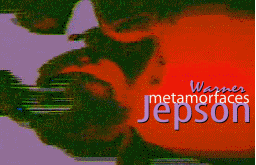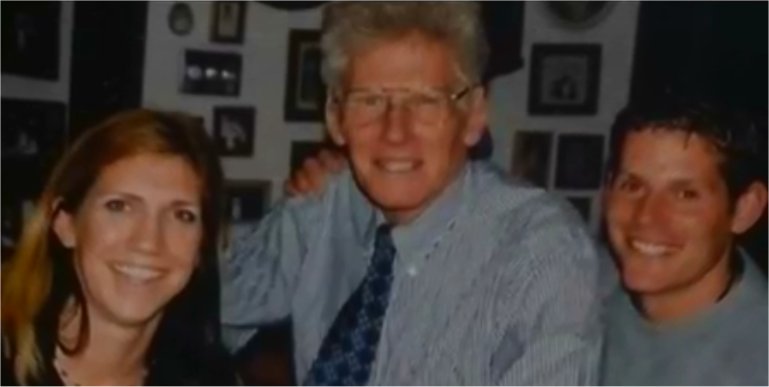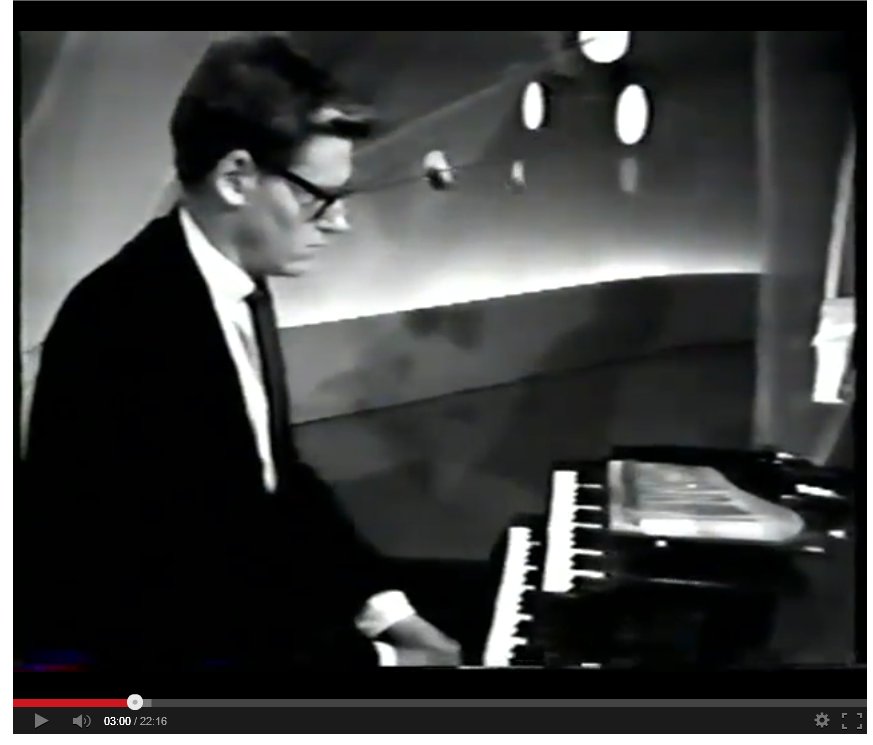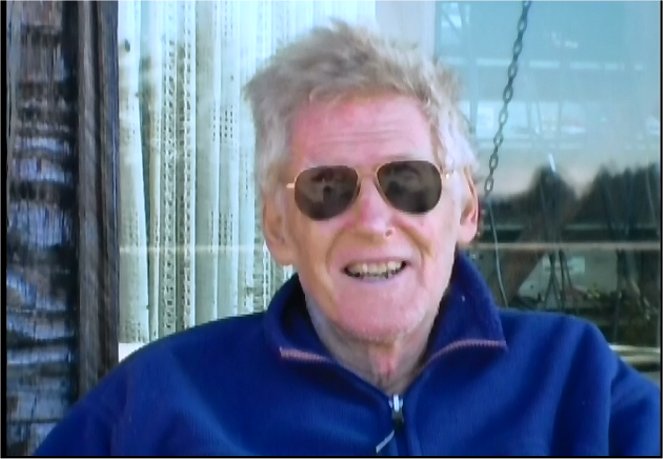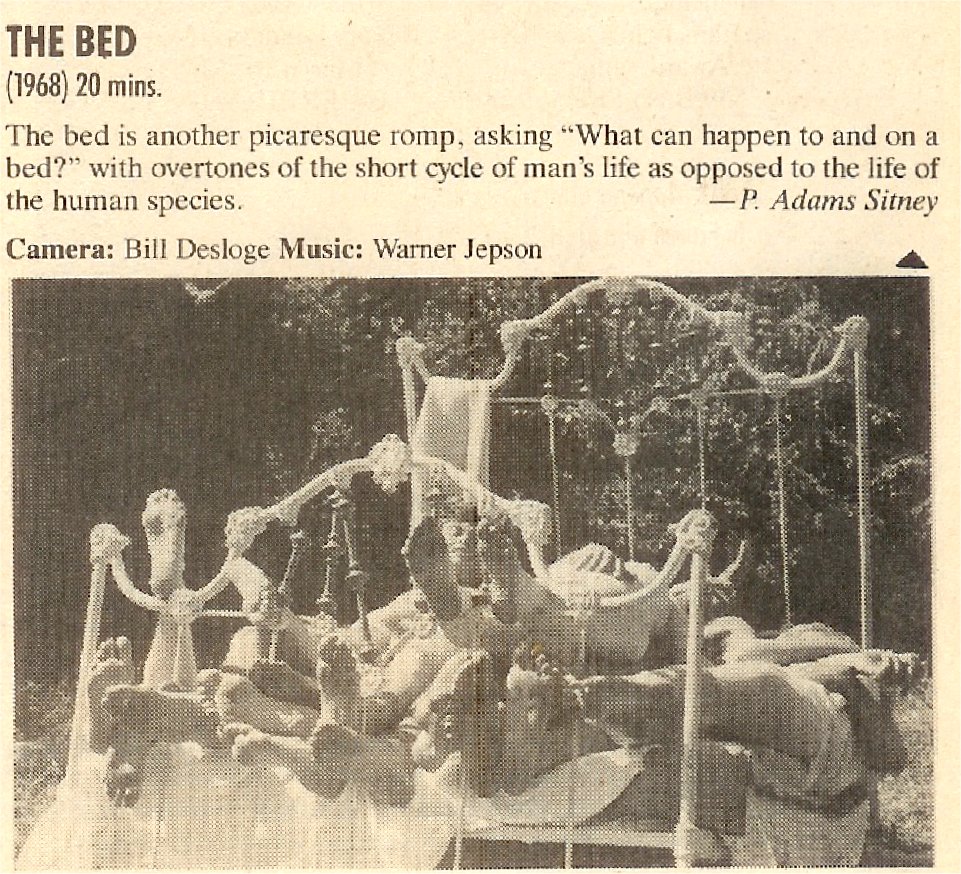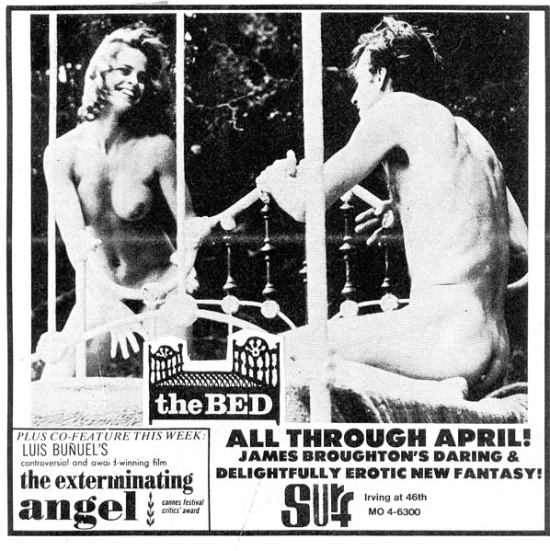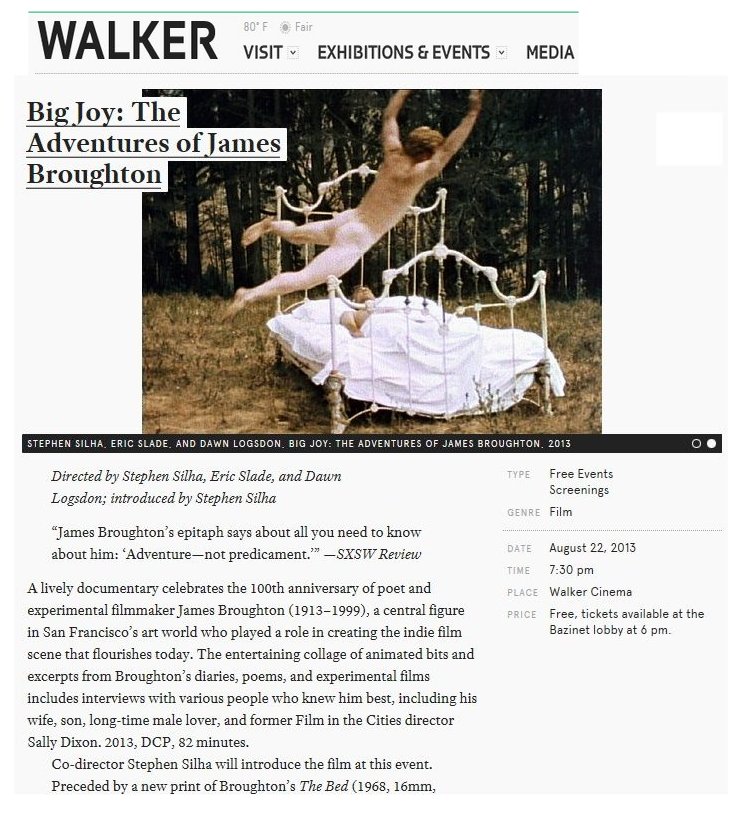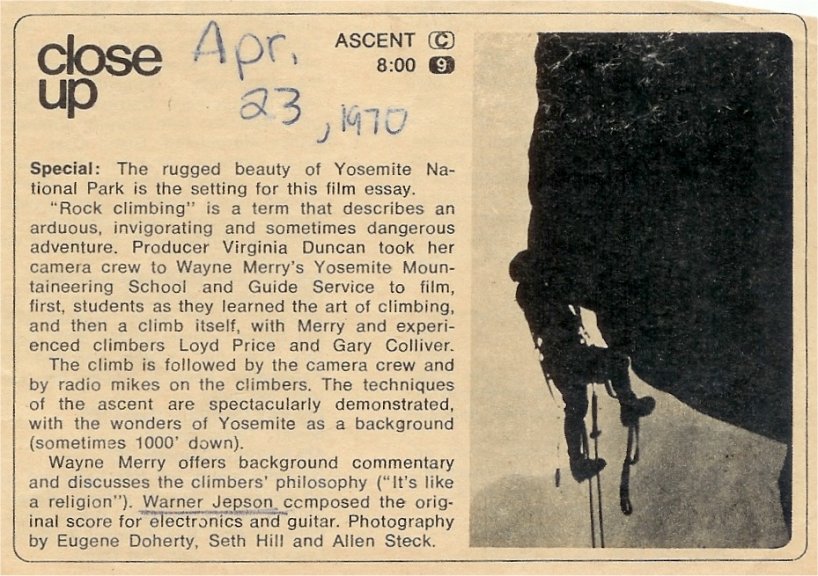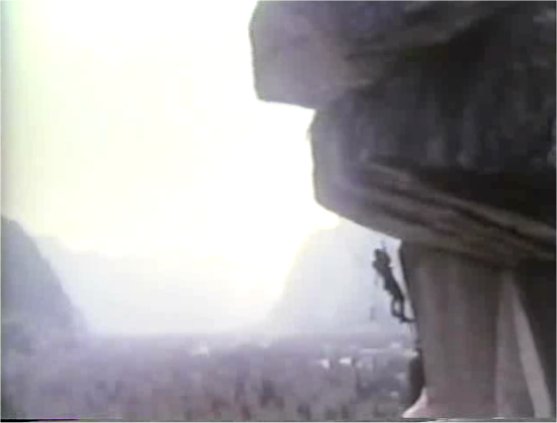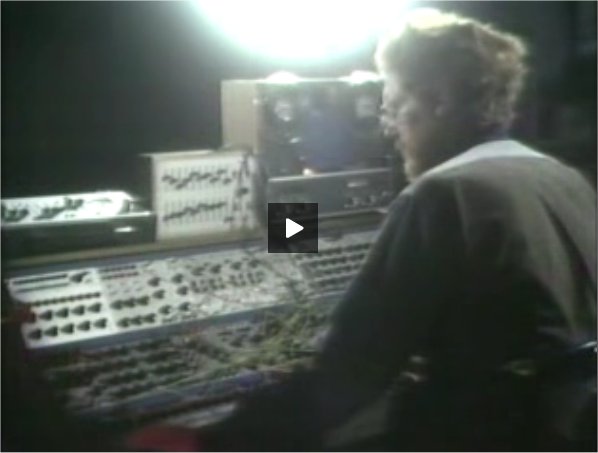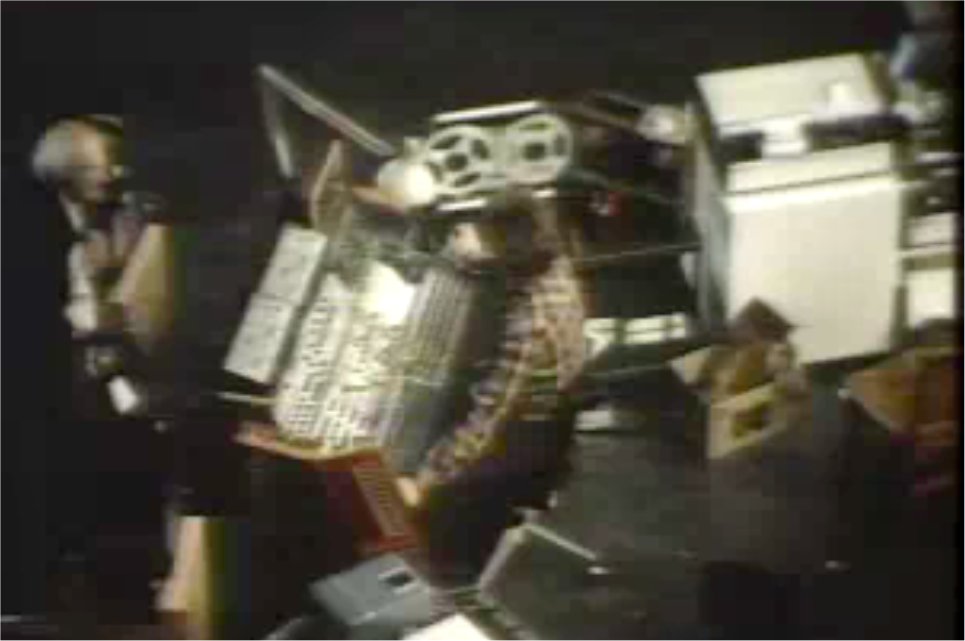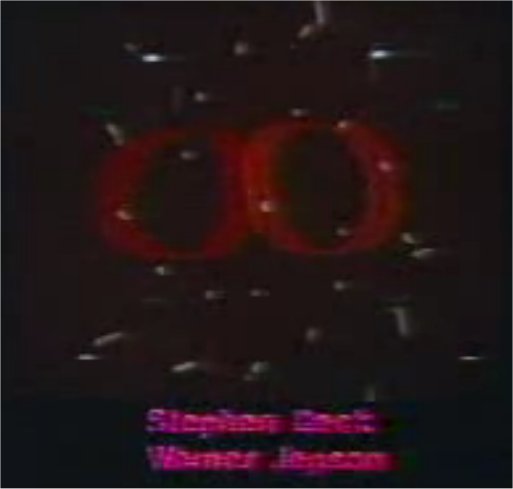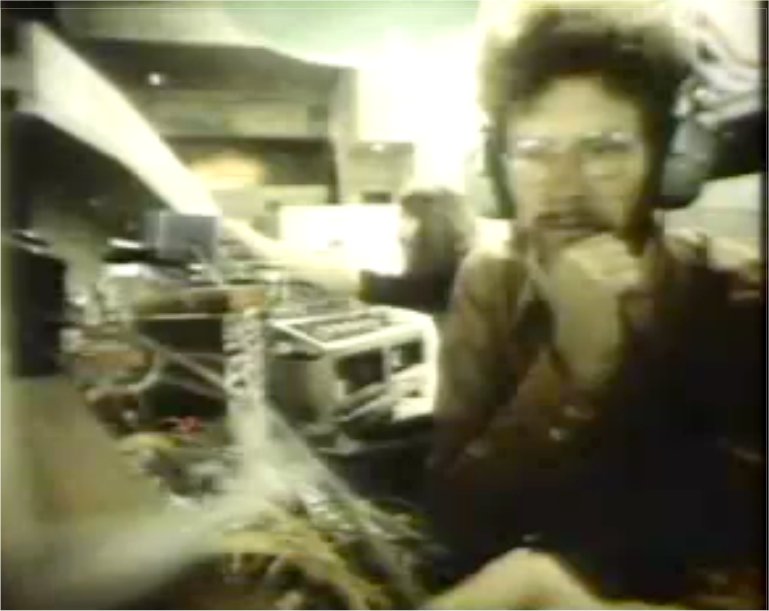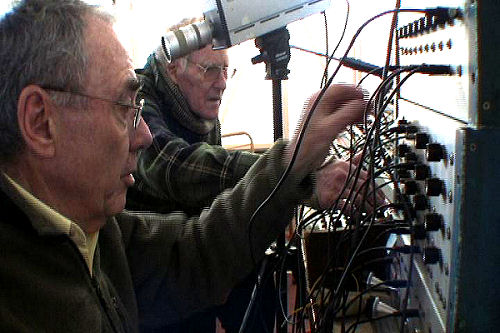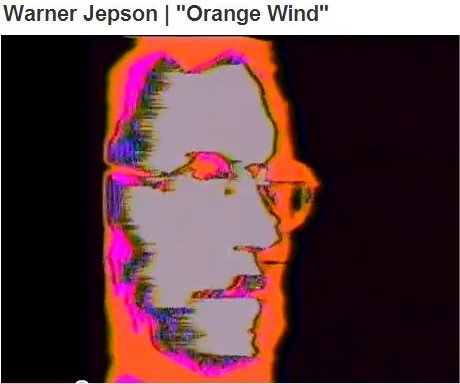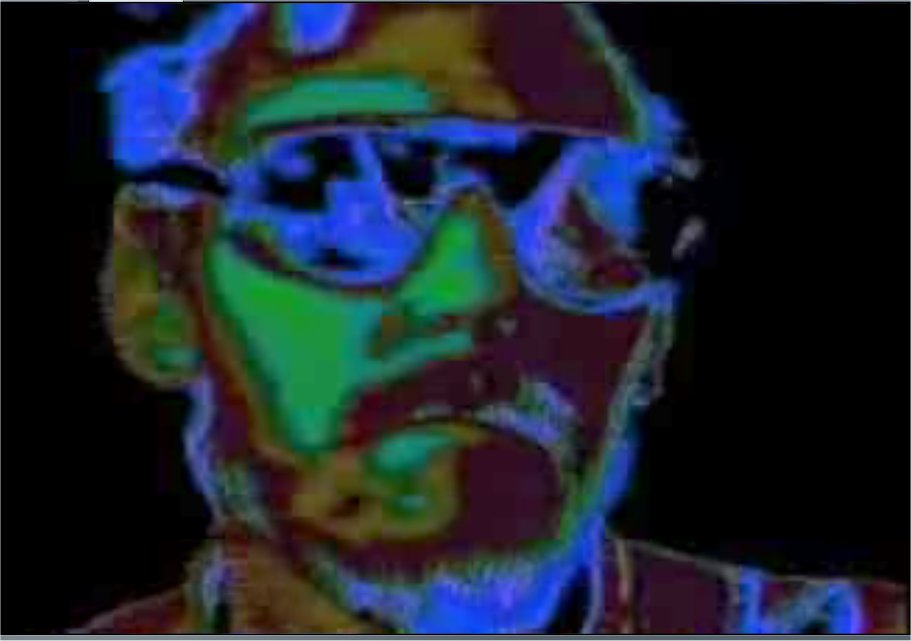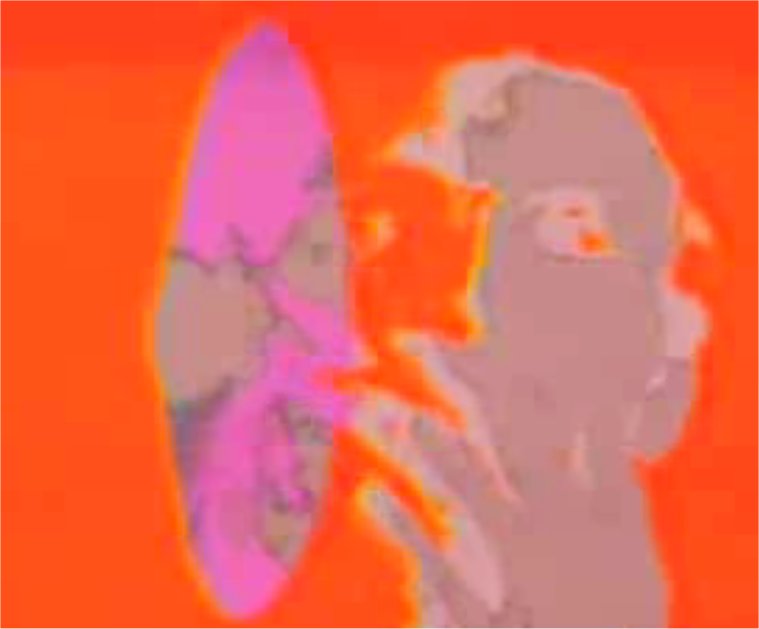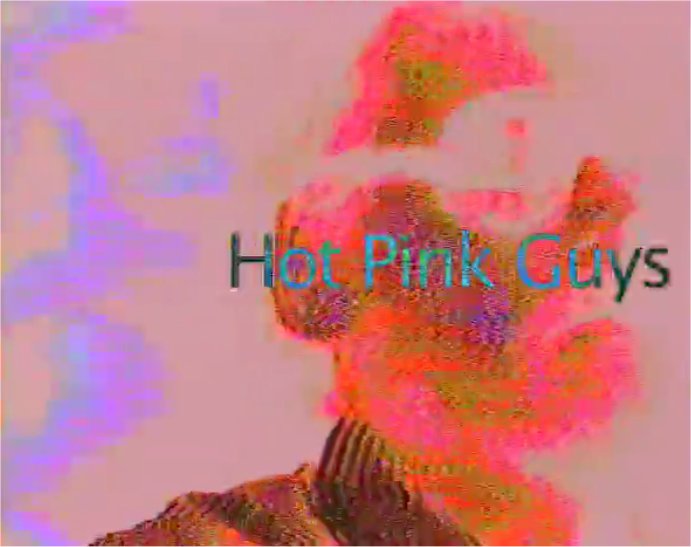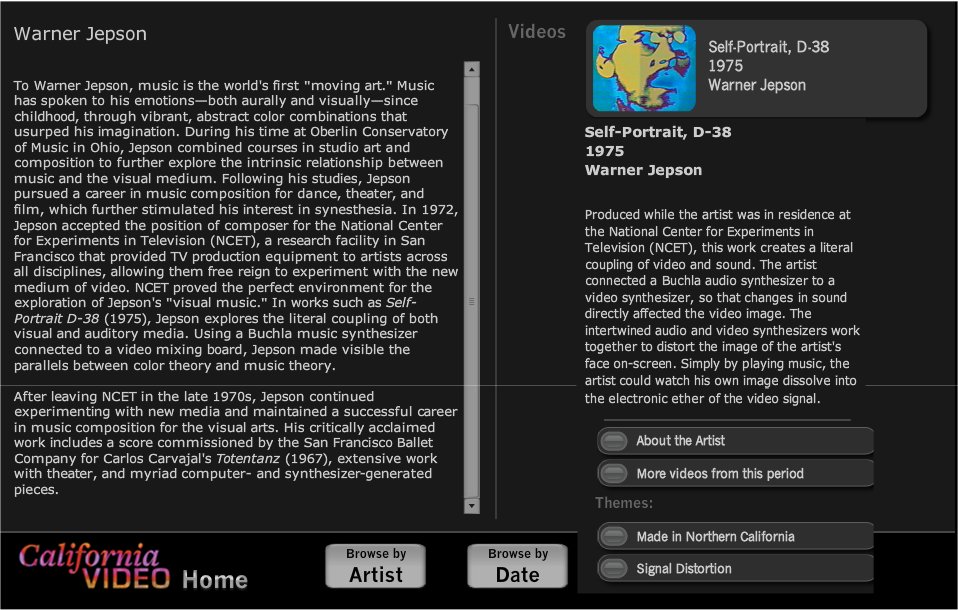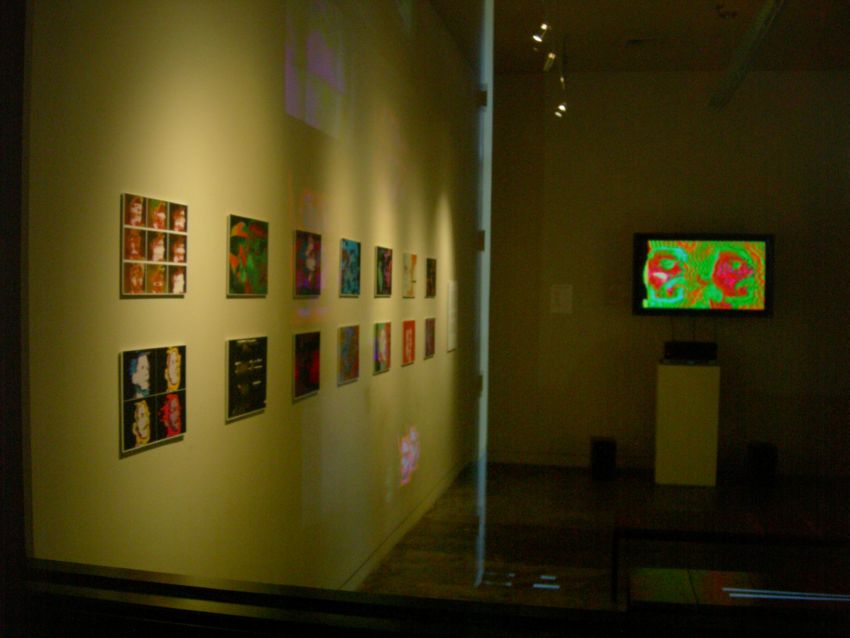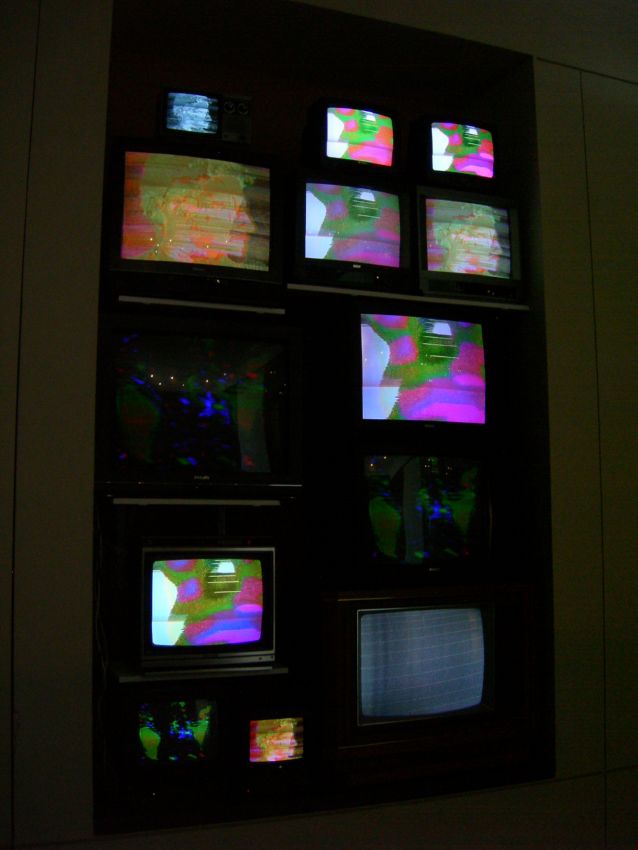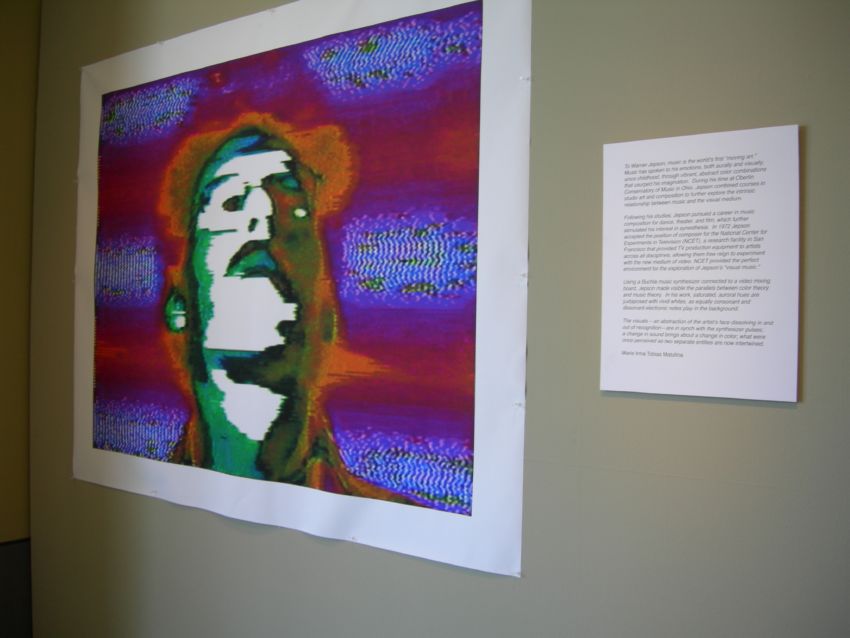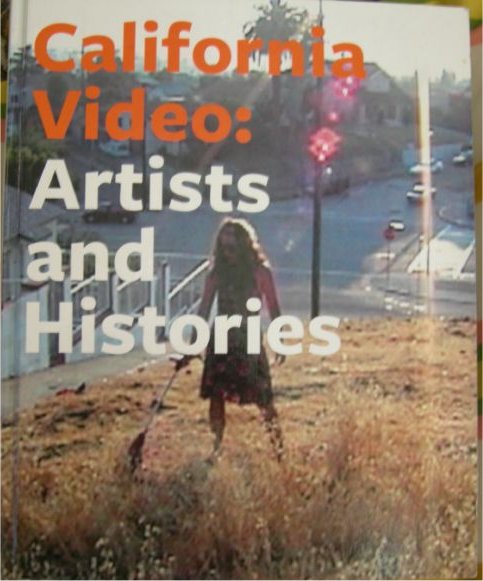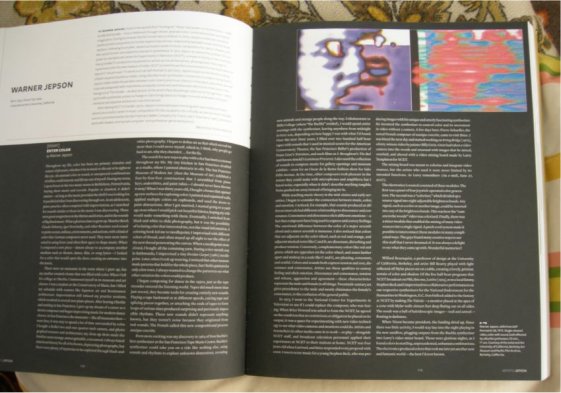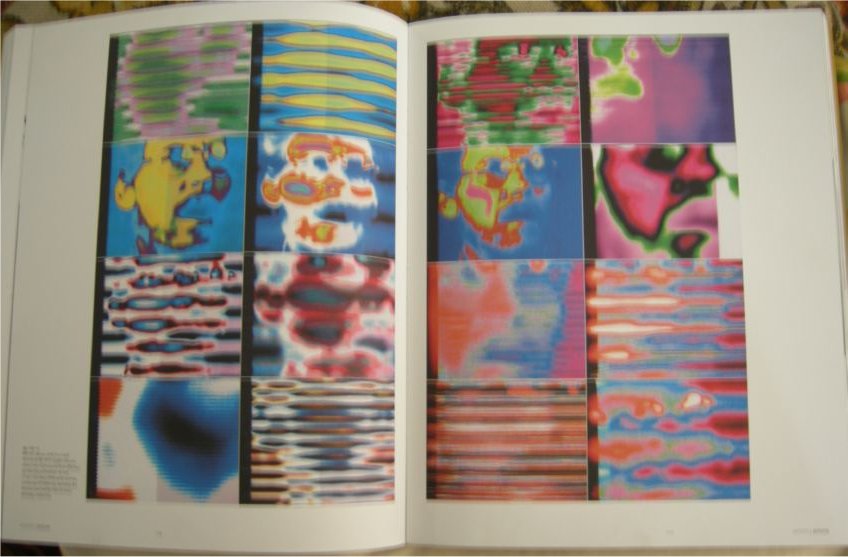Warner's Videos
|
1967 The Bed - Music by Warner Jepson
|
|---|
1970s Ascent - A Film about Mountaineering in Yosemite CA 1970Original Electronic Music by Warner Jepson - Directed by Virginia Duncan(these mp4 clips recommended to be played with Apple's Quicktime or Realplayer)Ascent Film 1970 - Buchla Music by Warner Jepson clip1 (1min 10secs)
|
|---|
Luminous Procuress - Film by Steve Arnold
|
|---|
2017 - Article about the new restoration of
|
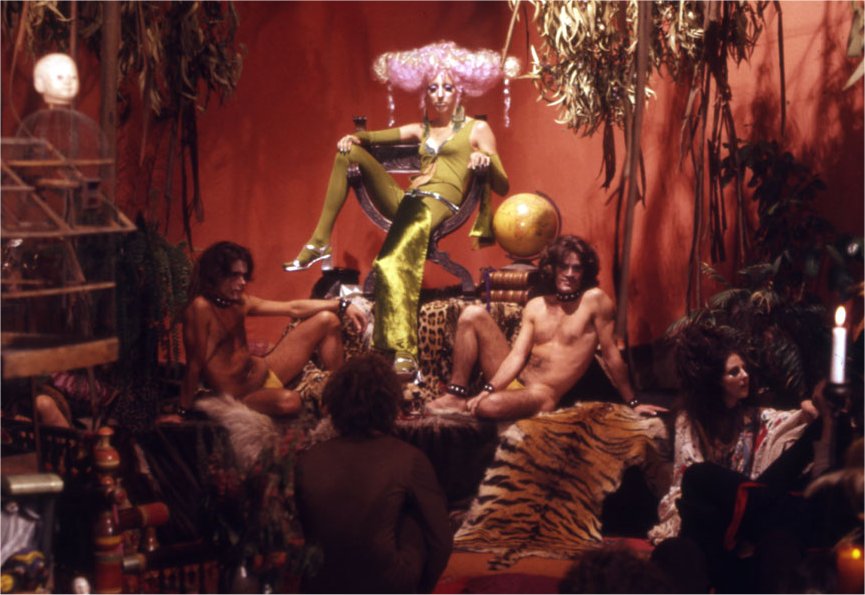
Luminous Procuress scene: photo by Ingeborg Gerdes, 1970
1971 May "Luminous Procuress", feature film premieres at San Francisco Film Festival,
International Film Festival,
Palace of Fine Arts, and later at the Presidio Theater on Chestnut St.
Arnold’s longest film takes viewers on a trip with two young men through strange, erotic places on a voyage towards greater sexual freedom. Like travellers in a dream, they meet a series of people dressed in exotic clothes, including members of the famous San Francisco drag troupe The Cockettes, who filled their beards with glitter and combined male and female ideals of beauty. Salvador Dalí thought it “the work of a genius” and organised a screening at the St Regis Hotel in New York. The film’s visual exuberance is in constant tension with the electronic soundtrack by American composer Warner Jepson.
1971 - Luminous Procuress - IMDB credits - Original Score by Warner Jepson
Excerpts from Luminous Procuress showcasing the original score by Warner Jepson
Video clip 1 (2min 26secs)
Video clip 2 (2min 31secs)
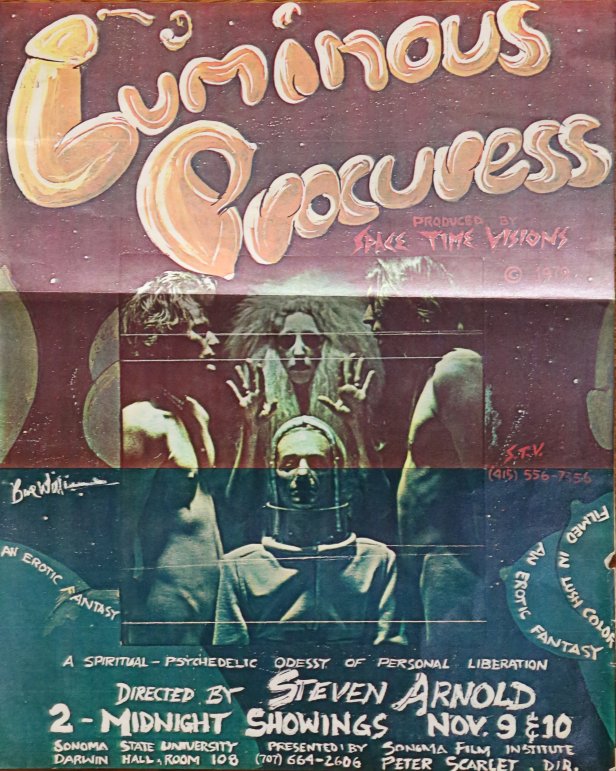 |
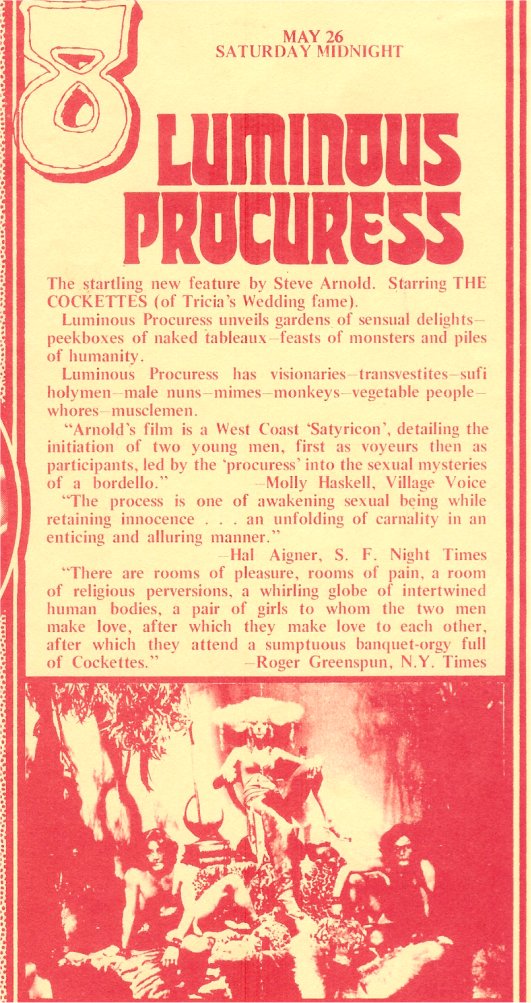 |
|---|
'Warner Remembers' - Video clip of him describing Luminous Procuress with scenes from the film
"The film had been all but edited when the backers decided that it needed much help from someone other than the director, as well as music. Upon hearing the recorded dialog it proved useless, badly recorded, acted, and scripted. I decided to try foreign language in its place as the film was vivid enough and was meant to be somewhat pornographic, but wasn't; simply an exotic woman, sorceress, escorting two young men to visual delights above and below ground. I took about a year at home with the film using a hand viewer to see the feature length 16mm film and to synch music for it that I composed on a small Farfisa organ I'd acquired and from my Buchla sound collection, using a Revox to make a stereo tape. I enlisted a young Israeli, a Japanese woman, a Swiss-German girl, and Italian guy to record the voices for the two sets of lover. For the sorceress I found a Russian matron to speak of anything, taking her words and splicing them or, with the Revox, recording and re-recording little snippets of words or phrases that would be impossible to speak or understand but that took on a fascinating rhythm. For a love theme I got a saxophonist, oboist, and violinist to play the written melody and used the Revox to combine them, both contrapuntally, and as a canon. I found this easier than writing a piece for many musicians that would take time, money, and much more from me than working by myself to achieve the same results. When through I had put sound to every inch of the film. There was no story, only a series of episodes, each having its separate "sound." When seeing it later in theaters I would find the sound exhausting." Warner Jepson
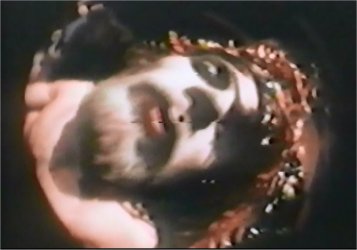 |
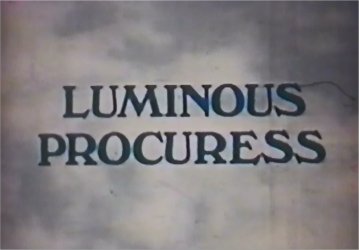 |
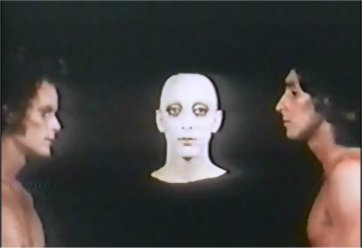 |
|---|
NCET - National Center for Experiments in Television - San Francisco 1973
Warner Jepson's - Orange Wind These videos were featured recently at the and the Sonoma Valley Museum of Art in California
They are also portrayed in the book California Video: Artists and Histories
|
|---|
1980s
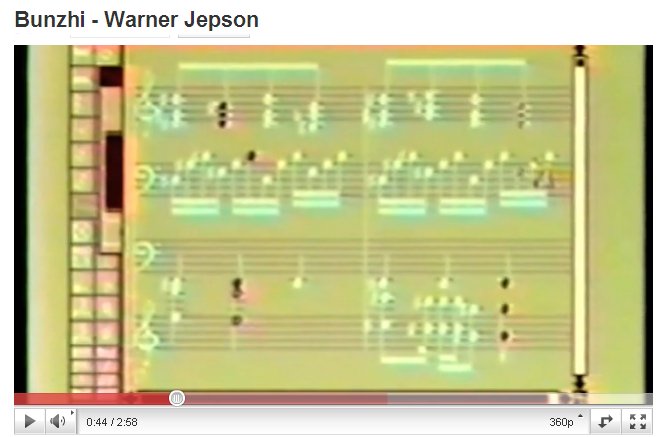
Warner Jepson's original songs here are videos with musical notation created with an Amiga Computer
which
he then uploaded to You Tube in the 2000's.
(Audio Mp3s of the same songs can be found on the music page)
Bunzhi
Bunzhee
Judy Jolly
Native Run
Chambo
Ice Box Nice Box
Prelude
and Dance (SADDLE THE UNICORN)
TIME MACHINE Prelude, the machine,
flight and fall
Sing Sung Boogie
TostTest
The
Knight Errant
Ya Feel It
1990s until 2011
Performance Videos
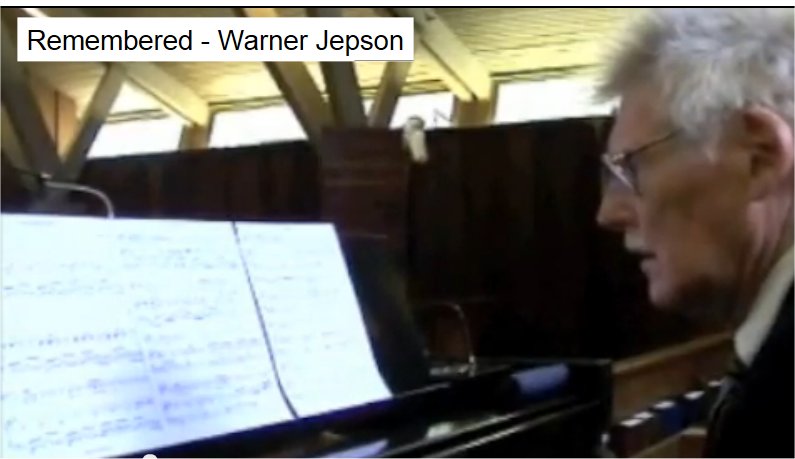
Videos of Warner Jepson's musical compostions performed by himself with accompaniment.
(Audio Mp3s of the same songs can be found on the music page)
